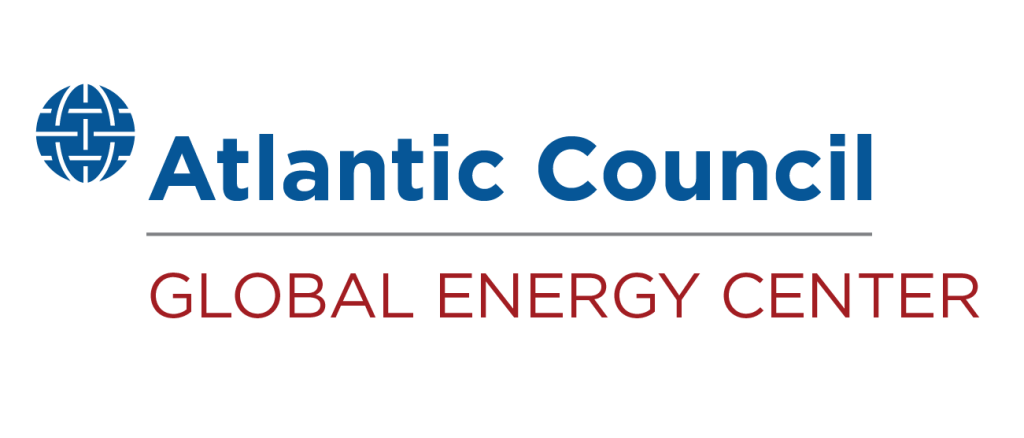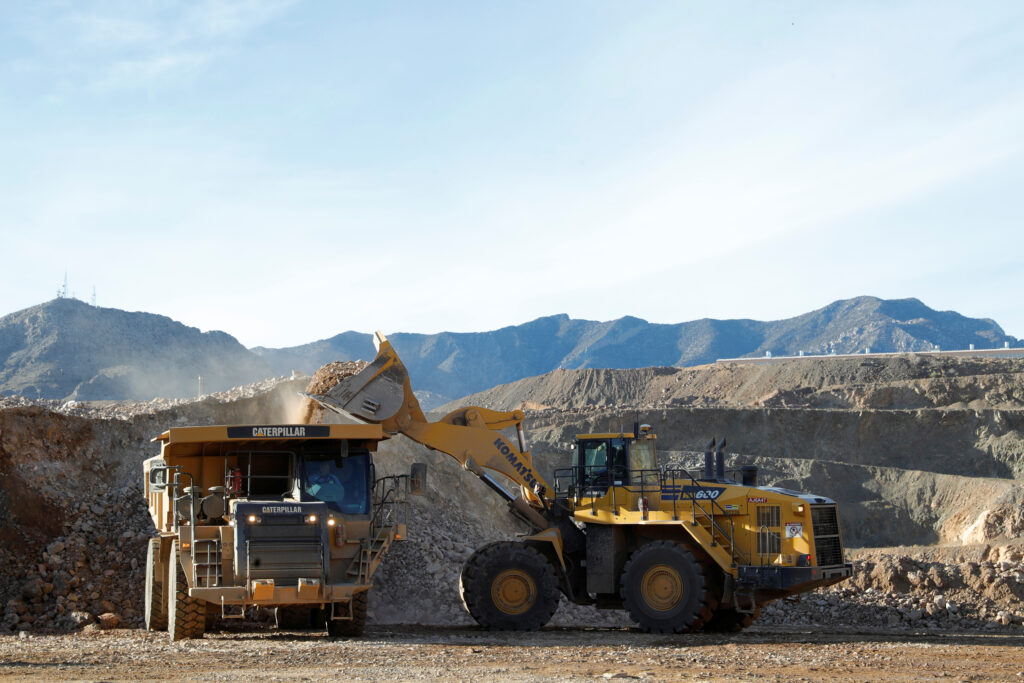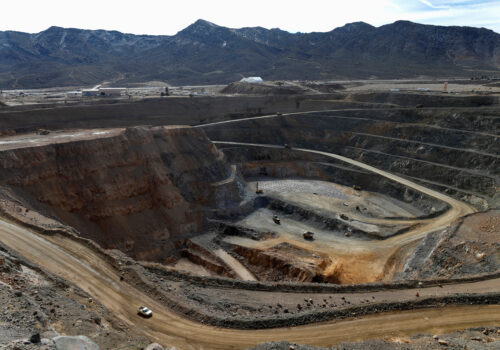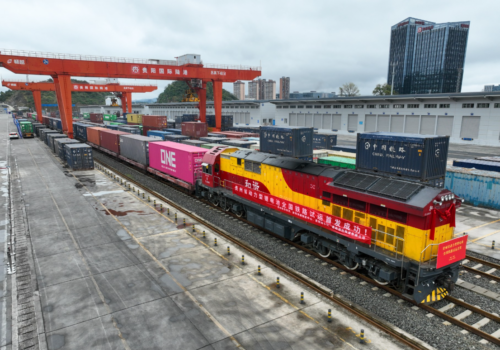The United States is not losing the global race for critical minerals because of a lack of resources—it is losing because it lacks a financial model that ensures profitability. Despite bipartisan recognition of the strategic importance of these materials, US policies have failed to make this industry economically viable.
Without a clear pathway to sustainable profits, taxpayer and private sector investments risk becoming financial sinkholes. If the United States wants to secure a resilient supply chain, it must create a financial framework that attracts and retains capital.
STAY CONNECTED
Sign up for PowerPlay, the Atlantic Council’s bimonthly newsletter keeping you up to date on all facets of the energy transition.
The economics of critical minerals
A functional critical minerals supply chain requires three key stages: mining, midstream processing, and downstream manufacturing. China dominates all three, not because it has better resources, but because it has a better economic strategy.
Through state-backed subsidies, China shields its companies from market forces, allowing them to endure losses in pursuit of long-term control. Meanwhile, the United States expects each player—miners, processors, and manufacturers—to be independently profitable, creating higher costs, greater risk, and systemic fragility. If one link in the chain collapses, the entire system fails.
This fractured approach discourages private investment. Unlike large, transparent markets such as oil or copper, critical minerals markets are relatively small, opaque, and highly volatile. Many key minerals trade on spot markets dominated by China, which can manipulate prices at will. If China wants to eliminate competition, it simply floods the market, driving prices down and making Western projects financially unviable.
To break free from this cycle, the United States must focus not just on developing mines, but on ensuring that the entire supply chain is profitable and attractive to investors.
A market-based strategy to compete with China
The United States has the strongest capital markets in the world. Rather than defaulting to top-down industrial planning, Washington should treat private capital as a strategic asset. With the right risk-adjusted incentives, US capital markets can outcompete China’s state-directed model. To do so, the United States should focus on four pillars: targeted supply chain construction, pricing power, investment risk reduction, and policy stability.
1. Stand up integrated supply chains through strategic funds
To accelerate development, the United States should launch government-backed, private-sector-managed funds focused on building single, vertically integrated supply chains (for example, a supply chain for antimony or gallium). These funds should be designed with strict performance conditions: they receive incentives only if they successfully stand up an end-to-end supply chain. This structure ensures quasi-vertical integration and forces offtake agreements to be part of the business model from the outset.
2. Build pricing power by raising domestic commodity prices for sensitive materials
To reduce vulnerability to China’s market manipulation, the United States must break away from artificially depressed price structures. This can be achieved through two levers: (a) targeted tariffs on mineral imports that benefit from unfair subsidies and (b) tighter domestic sourcing requirements across clean energy and defense sectors. By raising the floor on US commodity prices, these policies would insulate domestic producers and make long-term investments more financially viable.
3. Reduce investment risk via demand guarantees and price floors
Price volatility and uncertain offtake remain top deterrents to private investment. The United States should implement mechanisms to stabilize both. This could include government-backed trading houses or public-private stockpiles that establish price floors for particularly vulnerable minerals. Long-term offtake agreements, brokered through private-sector consortia, would provide stable revenue streams that investors need.
4. Ensure long-term policy certainty
The most important determinant of private investment is confidence in the rules of the game. Critical minerals development is a multi-decade endeavor. If the United States wants capital markets to play a leading role, it must offer long-term policy stability. That means preserving existing tax credits, grants, and loan programs—not just as temporary stimulus but as enduring pillars of the investment environment.
Building a market, not a monopoly
China has not just secured mineral resources—it has built a financial system that allows it to manipulate markets and suppress competition. The United States must construct an alternative, leveraging free enterprise and innovation as strengths. Identifying deposits and opening mines, though critical, is not enough. Without a financial strategy that ensures profitability, the United States will remain dependent on China for the materials that power its economy and national security.
It’s time to stop treating critical minerals as just a resource problem—and start treating them as the economic battle they truly are. The solution lies not in more short-term government intervention, but in structuring a market that incentivizes investment, ensures financial viability, and ultimately secures the United States’ position as a leader in the critical minerals race.
Ashley Zumwalt-Forbes is a former US Department of Energy deputy director for batteries and critical minerals, co-founder and former president of Black Mountain Metals and Black Mountain Exploration, and co-founder and former senior advisor of Metals Acquisition Corp.
RELATED CONTENT
OUR WORK

The Global Energy Center develops and promotes pragmatic and nonpartisan policy solutions designed to advance global energy security, enhance economic opportunity, and accelerate pathways to net-zero emissions.
Image: A wheel loader operator fills a truck with ore at the MP Materials rare earth mine in Mountain Pass, California, U.S. January 30, 2020. Picture taken January 30, 2020. REUTERS/Steve Marcus





